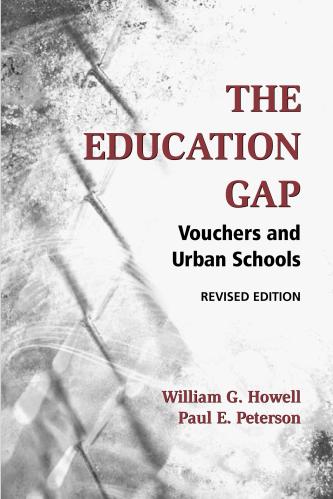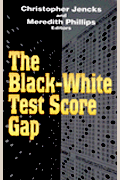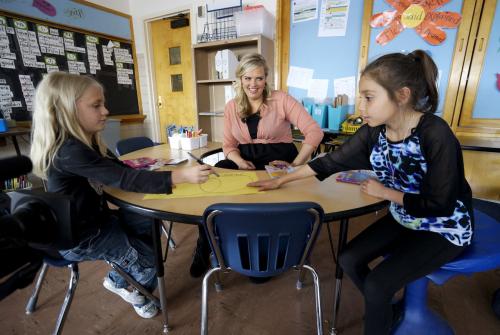Skill gaps between children from different backgrounds open up early and are often persistent, damaging opportunities for social mobility. Clear differences emerge in the development of both cognitive and non-cognitive skills by age two; still wider disparities can be observed by the time children enter kindergarten.
Though there is widespread agreement that early childhood is the critical window for development, it is less clear which policies will most effectively narrow these gaps. There are four main approaches to boosting human capital formation among less-advantaged families: money, education (pre-K), time (i.e. paid leave), and skills (of parents):

- Money
If kids from low-income families need more help, an obvious solution is to raise their family’s income by giving them more money. A fairly modest rise in the EITC, say of $1,000, has a visible impact on educational outcomes for children. A recent paper from the Institute for Child Success (ICS), which I discussed at an event today, is cited by my colleague Russ Whitehurst in an analysis suggesting that putting money in parents’ hands is more cost effective than investing in preschool.
- Education (pre-K)
Pre-K has long been to many a no-brainer investment, especially since Jim Heckman brought national attention to the phenomenally successful Perry Preschool Program of the 1960s. But evidence on the effectiveness of programs is mixed, not least because the quality of programs is mixed, too. Consistent with a 2013 meta-analysis, a gold-standard 2015 evaluation of a major experiment in Tennessee found that virtually none of the preschool program’s benefits lasted beyond second and third grade. But several other studies, including recent research by another colleague, Diane Schanzenbach, indicate that the Head Start program does bring about lasting improvements in educational and socioeconomic outcomes.
- Time (paid leave)
Most parents want to spend more time at home when their children are very young. Rather than more money or more external services like pre-K, many parents, especially those raising their children alone, may benefit from more time at home. The U.S. is a long way behind many other nations in the provision of leave for parents. As Isabel Sawhill suggests, this may exacerbate the gender pay gap, while also harming child development. By encouraging mothers (and fathers) to spend more time with their young children, paid parental leave may be an effective investment in child human capital formation.
- Skills (parenting)
But more time for parents to spend with their children will only bring results if they are able to parent successfully. The famous “word gap” research shows that mothers on welfare, who do have time to spend with their children, are least likely to engage in conversation with them. As I’ve argued before, a “parenting gap” by both class and race strongly influences the life chances of children. (Interestingly, Schanzenbach shows that one benefit of Head Start was in parenting quality and engagement.) By investing directly in parenting skills, Home Visiting Programs may be effective in giving parents the tools to improve their children’s long-term outcomes. Some school-based programs that build parenting skills among students and their parents, such as Briya in DC, also show some promise.
Tailoring policy, rather than looking for a silver bullet
No single policy is the “right” one for closing the early years learning gap. A higher EITC, by law, only benefits children with an employed parent. The poorest, in households with no one employed, may benefit more from external services if their parents are struggling to parent well. Many parents, at different income levels, might benefit from improving their skills. For some, time will matter more than money.
The challenge is to find the right mix of support for particular parents in particular circumstances at particular points in time. This may be less politically appealing than a universal plan; but it is also more likely to be effective.
The Brookings Institution is committed to quality, independence, and impact.
We are supported by a diverse array of funders. In line with our values and policies, each Brookings publication represents the sole views of its author(s).








Commentary
Four ways to close the early years learning gap
August 25, 2016